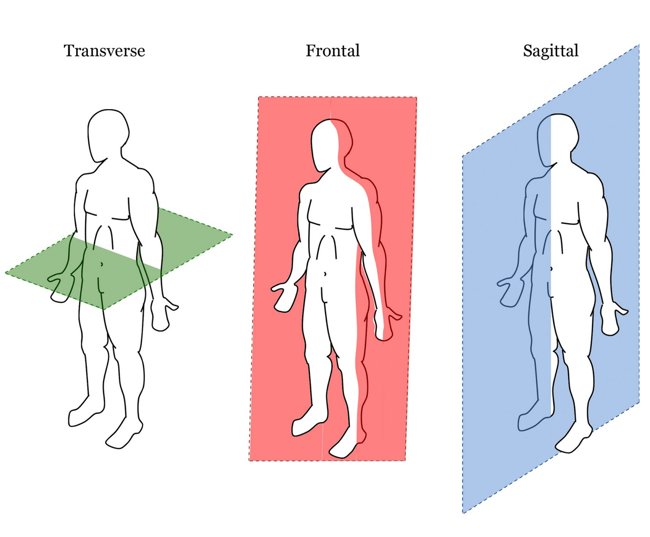A day in trade with Mr Daniel Meyerkort – Orthopaedic surgeon
As an Exercise Physiologist we normally see our patients in the sub-acute to chronic stages of post-operative rehabilitation. I recently had the pleasure of observing Mr Daniel Meyerkort from Perth Orthopaedic and Sports Medicine Centre in theatre at Hollywood Hospital in Perth. I was lucky enough to witness three procedures during the afternoon observations, two of which will assist with understanding the process of post-operative exercise prescription for my patients in the workers compensation system who have undergone these surgeries. I was able to witness a lateral ankle ligament and tendon repair, chronic exercise-induced compartment syndrome fasciotomy and an ACL reconstruction with meniscal root repair.
It was humbling to see the professionalism of the team in the room from wheeling the patient in and going through pre-op procedures to wheeling the patient out for post-operative recovery. The team run like clockwork whilst still taking the time to ensure every patient is safe. It was amazing to see the differences in skills required from delicate stitching through to pulling through new ACL grafts that are required with some force! It is easier to appreciate why some patients pull up with more pain than others due to the invasiveness and force of some of these procedures. I have quickly learnt over my time that two patients will not recover from the same surgery in the same way. I also learnt that a lot of the patients will present quite sore not only from the surgery but also the tourniquet applied above the surgical site.
Mr Meyerkort explained that despite patients presenting with the same injuries, advice will change depending on the patient themselves. Not only the amount of injury sustained is taken into account but their age, associated risks and comorbidities, the occupation of the person as well as their standpoint on having surgery. This is always why I encourage my patients not to “Dr Google” as the advice is never going to be the same for every person. Every person’s rehab journey post-surgery is never going to be the same either. It was also great to hear the amount of education that is given to the patient’s surrounding their surgery.
It was surprising to see that even with viewing the imaging of the patient’s knee prior to surgery it is sometimes never fully clear to see the extent of what is going on until you are in the surgery. Mr Meyerkort kindly talked through each of the surgeries whilst able to repair on the go. During the ACL reconstruction he was able to go through the knee and find out the exact parts of the meniscus that needed repairing and his team where able to demonstrate and explain the thread work required and the importance of positioning and precise drilling required through the tibia and femur. The ACL procedure was the longest and most technical of the three with the aim of restoring stability to the knee. Mr Meyerkort demonstrated the extraction of the hamstring graft first using a long instrument to take the semitendinosus and gracilis to use for the graft. Careful inspections of the tendons is a must to make sure the thickness is of exact amount to provide stability. While Mr Meyerkort was repairing the meniscal damage and clearing the fat pad of the knee, the hamstring graft was being meticulously prepared. Throughout the surgery the knee was regularly tested through flexion and extension to ensure everything was on track. This is something that as an exercise physiologist I can draw on, as functional testing should be intermittently performed on the patient to ensure treatment is effective. Through fine and technical threadwork along with some brute strength, the ACL graft was pulled through the knee and secured in a tight position to restore the patient’s stability with the entire surgery lasting approximately two hours.
It was fabulous to see the acute stages of injury repair and the start of a patient’s rehab journey. I was able to draw comparisons in Mr Meyerkort’s work which rings true in the exercise physiology world.
1. You always have to consider the patient as an individual and no one treatment will have the same effect on that patient.
2. No person will have the exact same outcome and it is important to consistently test and check along the way
3. To always have respect and care for the patient and listen to their needs and concerns and be able to adapt in your approach where possible.
It is important to empower the patient through their recovery. If you have a question surrounding pre or post-operative rehabilitation, you can contact an Accredited Exercise Physiologist.

Taylor Downes
Accredited Exercise Physiologist
BSc/GradDipClinExPhys | B.Ed. Human Movement | (ESSAM, AEP)




